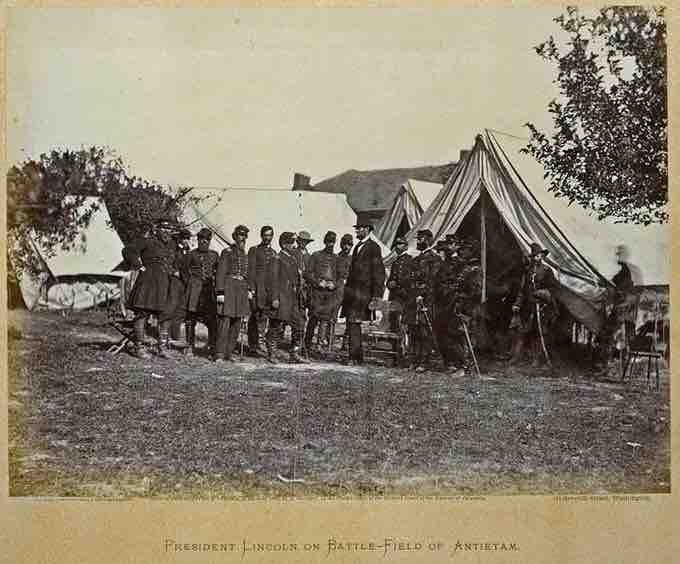Background
The eastern theater of the American Civil War included the states of Virginia, West Virginia, Maryland, and Pennsylvania, the District of Columbia, and the coastal fortifications and seaports of North Carolina. Operations in the interior of the Carolinas in 1865 are considered part of the western theater, while the other coastal areas along the Atlantic Ocean are included in the lower seaboard theater. The theater was bound by the Appalachian Mountains and the Atlantic Ocean. The eastern theater included the most famous campaigns in the history of the war, if not for their strategic significance, then for their proximity to the large population centers, major newspapers, and capital cities of the opposing parties.
The Second Battle of Bull Run
The Second Battle of Bull Run, fought August 28–30, 1862, was the culmination of Robert E. Lee’s offensive campaign against Union General Alexander Pope’s Army of Virginia while it was isolated from General George McClellan’s Army of the Potomac, which was stationed near Richmond. The battle began with Confederate Major General Stonewall Jackson’s troops capturing a supply depot at Manassas Junction, which threatened Pope’s line of communication with Washington, D.C. Jackson directed attacks against Union forces from the surrounding area, and Lee’s troops broke through light Union resistance at the same time to enter the battlefield. Pope believed Confederate Major General Stonewall Jackson’s corps to be trapped and led the bulk of his army against Jackson’s. Unfortunately, Pope was unaware that Jackson’s troops had actually recently been reinforced on a large scale, and the Union offensive was repulsed with heavy casualties on both sides. The Union army was pushed further back in retreat, allowing Lee an opening to the north into Maryland.
Gettysburg Campaign
In the summer of 1863, Lee's second invasion, the Gettysburg Campaign, reached Pennsylvania, which was farther north than any other major Confederate army had gone previously. The Confederate government agreed to this strategy only reluctantly, because Jefferson Davis was concerned about the fate of Vicksburg, Mississippi, the river fortress being threatened by Ulysses S. Grant's Vicksburg Campaign. The Battle of Gettysburg, fought from July 1 to July 3, is often considered the war's turning point. General George G. Meade defeated Lee in a three-day battle fought by 160,000 soldiers with 51,000 casualties. The battle led to a Confederate retreat, but Union pursuit did not succeed in destroying the Confederate Army. If it had been successful, President Lincoln and others believed the war could have ended.
The Shenandoah Valley was a crucial region for the Confederacy: It was one of the most important agricultural regions in Virginia and was a prime invasion route against the North. The campaign was effectively concluded with a Union victory at the Battle of Cedar Creek on October 19, 1864.
The imaginations of both Northerners and Southerners were captured by the epic struggles between the Confederate Army of Northern Virginia, under Robert E. Lee, and the Union Army of the Potomac, under a series of less successful commanders. The bloodiest battle of the war at Gettysburg and the bloodiest single day of the war at Antietam were both fought in this theater. The capitals of Washington, D.C., and Richmond were both attacked or besieged. It has been argued that the western theater was more strategically important in defeating the Confederacy, but it is inconceivable that the civilian populations of both sides could have considered the war to be at an end without the resolution of Lee's surrender at Appomattox Courthouse in 1865.

"President Lincoln on Battle-Field of Antietam."
President Lincoln visiting the Army of the Potomac at the Antietam battlefield, September 1862. Photo by Alexander Gardner.